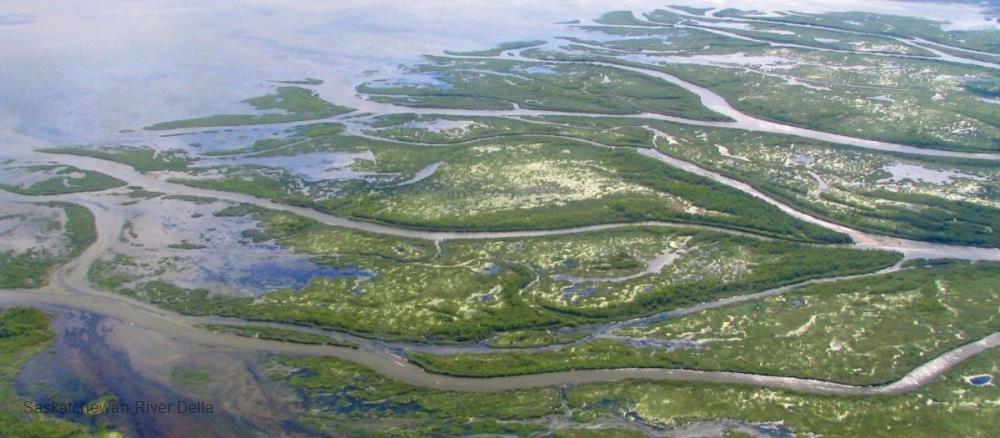
Related items loading ...
Section 1: Publication
Publication Type
Journal Article
Authorship
Spence, C.; Coles, A.; Gibson, J. J.; Nicholls, E. M.; Perron, N.; Sniderhan, A.; Sonnentag, O.; Baltzer, J. L.
Title
The Influence of Tree Infilling on Energy Partitioning, Vegetation Water Use, and Soil Water State in Sparse Conifer Stands of the Taiga Shield Ecoregion
Year
2024
Publication Outlet
John Wiley & Sons, Ltd, Water Resources Research, Vol. 60, Iss. 8, e2024WR037454
DOI
ISBN
ISSN
0043-1397
Citation
Spence, C.; Coles, A.; Gibson, J. J.; Nicholls, E. M.; Perron, N.; Sniderhan, A.; Sonnentag, O.; Baltzer, J. L. (2024) The Influence of Tree Infilling on Energy Partitioning, Vegetation Water Use, and Soil Water State in Sparse Conifer Stands of the Taiga Shield Ecoregion, John Wiley & Sons, Ltd, Water Resources Research, Vol. 60, Iss. 8, e2024WR037454,
https://doi.org/10.1029/2024WR037454
Abstract
Climate warming and permafrost thaw induced land cover change are well documented in much of the circumpolar north. The extensive exposure of Precambrian continental crust in Canada's Taiga Shield ecoregion could mean impacts of land cover change documented in other regions without this feature are not transferable. This study examined energy partitioning with eddy covariance measurements, vegetation water use with stable isotopes and soil water state with time domain reflectometry sensors in conifer stands in the Taiga Shield ecoregion. The goal was to determine how changes in forest density with climate warming could influence water budget response and soil water state. Paired measurements of sensible and latent heat imply evaporative processes in denser canopies are controlled more by radiative than the aerodynamic factors predominant in sparser canopies. As denser canopies become more prevalent on the landscape, this switch in relative importance of evapotranspirative processes will lead to a reduction in inter-annual variability of evapotranspiration. The dominant tree species (black spruce, tamarack and jack pine) were all quick to draw water from shallow soils after spring thaw and rainfall. Stand structural changes resulted in older, more evaporatively enriched water prevalent in soils below dense canopies. While there is evidence for forest infilling, widespread lakes and exposed bedrock restricts extensive expansion of forested land covers. The insufficient difference between sparse and dense canopy evapotranspiration suggest a fundamental change in how water cycles in Taiga Shield catchments is unlikely, which is notably different than previously investigated landscapes in Alaska and the Canadian Taiga Plains.
Plain Language Summary
Section 2: Additional Information
Program Affiliations
Project Affiliations
Submitters
Publication Stage
Published
Theme
Presentation Format
Additional Information
Keywords: Canadian Shield; stable isotopes; energy budget; ecohydrology; catchment


 GWFNet
GWFNet Master
Master Data
Data Research
Research Map
Map
 Advanced
Advanced Tools
Tools
 . . .
. . .
 Metadata Editor
Metadata Editor
 Record List
Record List
 Alias List Editor
Alias List Editor
 Legacy sites
Legacy sites